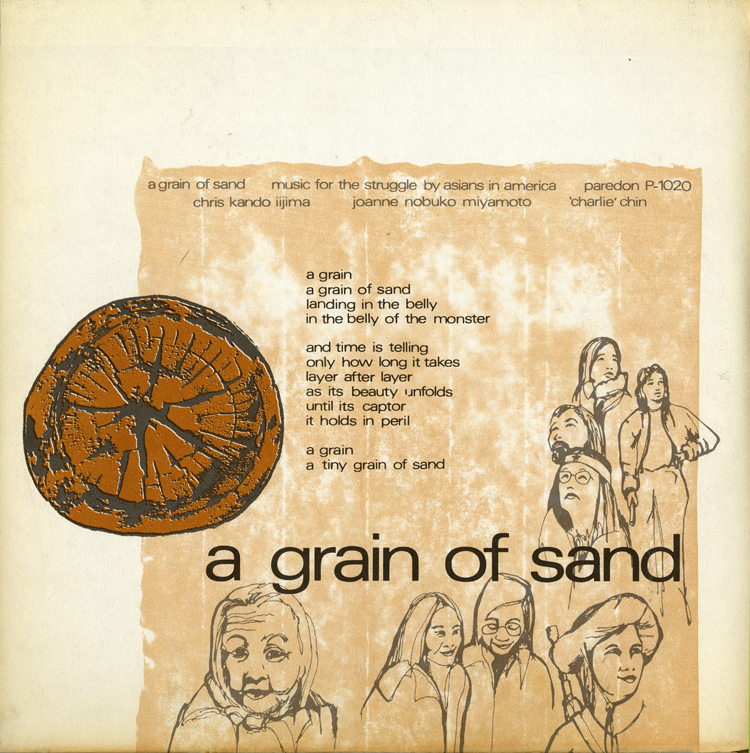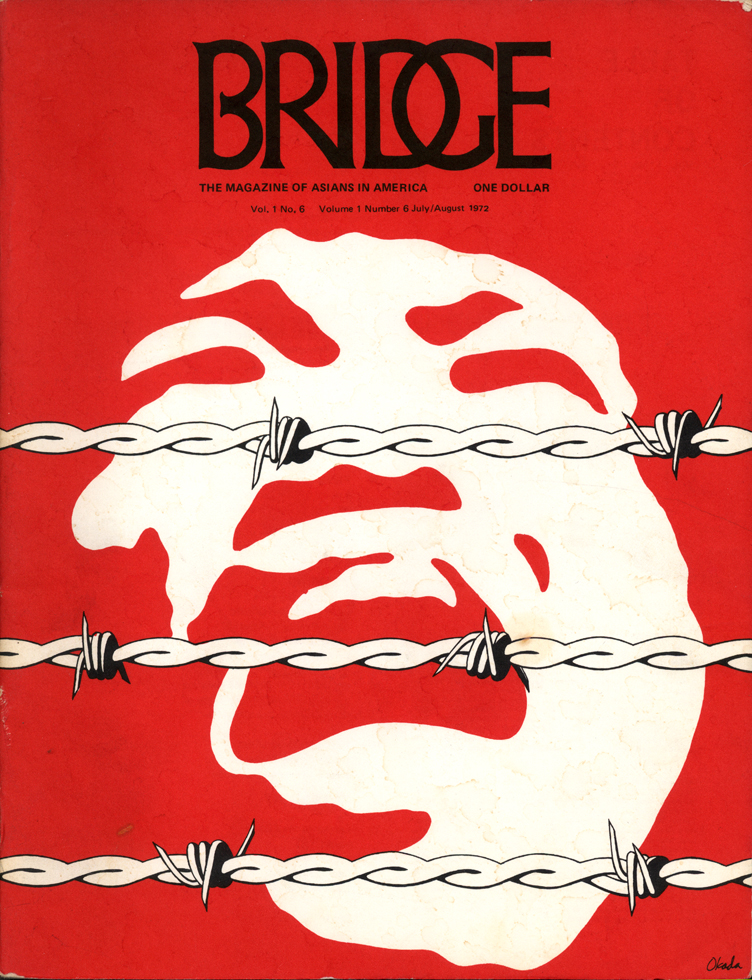1972年,地下室工作坊(Basement Workshop)出版了艺术作品集《黄珍珠》。最初只是一个项目,旨在图解和发布克里斯·饭岛(Chris Iijima),宫本信子(Nobuko “Joanne”Miyamoto)和陈健文(Charlie Chin)的音乐,他们在1973年创作的唱片《一粒沙》(Grain of Sand),这张唱片被广泛认为是亚裔美国人的第一张音乐专辑。后来,这个项目发展成为了一个由超过三十位创作者共同演绎的集写作、艺术和音乐于一体的更大的作品集。这个作品集选择了“黄珍珠”(Yellow Pearl)作为名字——这原本是他们创作的一首歌曲名,这个名字意味着亚裔和亚裔美国人文化的价值,巧妙地化用了“黄祸”(yellow peril)一词。“黄祸”是一个种族主义口号,在19世纪和20世纪被用来挑起美国人对亚裔的恐惧和排斥。该作品集的创作者是这样介绍它的:“黄珍珠是年轻亚裔美国人的创作才华的集合,也是在美国作为一名亚裔的新兴意识的表达。我们需要记录抗争、阿提卡监狱事件和我们自己人的历史。我们需要表达我们的爱、我们的孤独和梦想。通过《黄珍珠》,我们和我们的兄弟姐妹一起分享我们的感受,我们的想法和我们对自己的认知。”
Collections馆藏Collections馆藏Collections馆藏Collections馆藏Collections馆藏Collections馆藏Collections馆藏Collections馆藏Collections馆藏Collections馆藏Collections馆藏Collections馆藏Collections馆藏Collections馆藏Collections馆藏Collections馆藏Collections馆藏Collections馆藏Collections馆藏Collections馆藏Collections馆藏Collections馆藏Collections馆藏Collections馆藏Collections馆藏Collections馆藏Collections馆藏Collections馆藏Collections馆藏Collections馆藏Collections馆藏Collections馆藏Collections馆藏Collections馆藏Collections馆藏Collections馆藏Collections馆藏Collections馆藏Collections馆藏Collections馆藏Collections馆藏Collections馆藏Collections馆藏Collections馆藏Collections馆藏Collections馆藏Collections馆藏Collections馆藏Collections馆藏Collections馆藏Collections馆藏Collections馆藏Collections馆藏Collections馆藏Collections馆藏Collections馆藏Collections馆藏Collections馆藏Collections馆藏Collections馆藏Collections馆藏Collections馆藏Collections馆藏Collections馆藏
《黄珍珠》

25 April 2019 Posted.
Yellow Pearl. Museum of Chinese in America (MOCA) Basement Workshop Collection.
《黄珍珠》美国华人博物馆(MOCA)地下室工作坊馆藏

